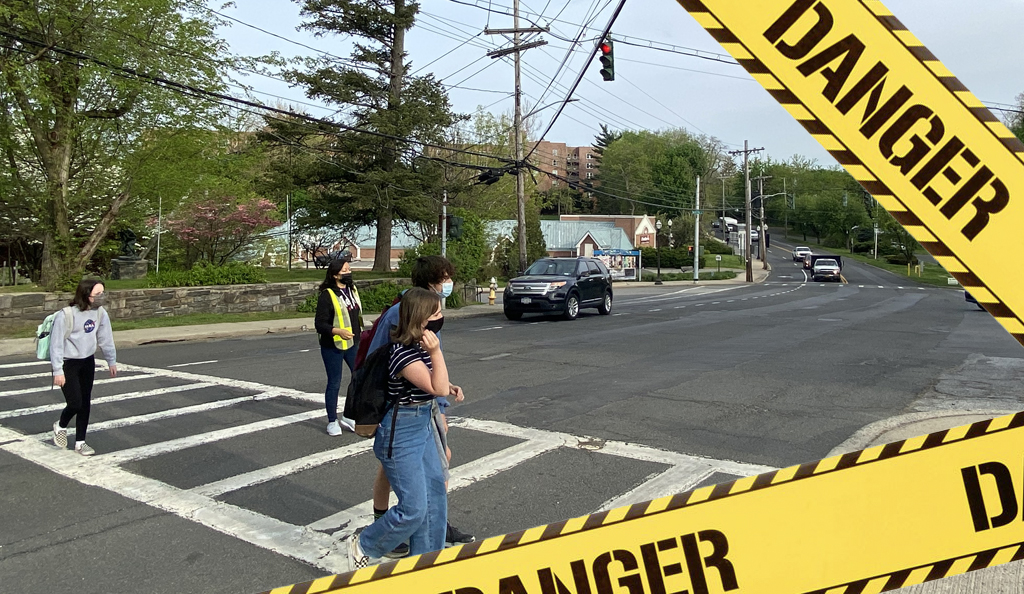Soon after the government shutdown ended, we heard murmurs that the TIGER grant program for innovative transportation projects had been a casualty of the negotiations.
Under the rules of the Office of Management and Budget, any program that was de-funded in either chamber’s bill would be de-funded in the continuing resolution (the temporary budget) until it can be replaced by an approved appropriations bill. That’s to ensure compliance with the Anti-Deficiency Act, which basically says Congress shouldn’t allocate money to a program for a given year if it’s later going to say that program has no budget for that year.
The House, as usual, de-funded TIGER in its budget proposal, while the Senate dutifully allocated $474 million for the fifth round of TIGER grants and another $550 million for a sixth round. Neither chamber passed the budget on the floor, but the OMB rule that ended up de-funding TIGER only requires that the bill be voted out of committee, which it was in both chambers.
Thankfully, this CR only lasts through January 15, 2014. But then what? Congress has four options:
- Pass a 2014 budget. Outlook: negative. Congress hasn’t passed a budget since 2009. It’s nice of the Senate to even bother going through the motions these days, which they didn’t for a few years. If Congress did, miraculously, agree on a budget to send to the president, it's anyone's guess whether TIGER would be included.
- Pass another continuing resolution through the end of FY2014. That would reinstate TIGER funding at last year’s levels, since there would be no risk of a full-year bill violating the Anti-Deficiency Act. Technically, the House could insist on a rider to the CR zeroing out TIGER, but those sorts of things severely gum up the process and it's unlikely they'd bother for something so small and low-profile.
- Pass another short-term CR for just a few weeks or months. TIGER and just about everything else would remain in limbo.
- Shut down the government. It could happen.
Even worse: On January 15, when a new budget or CR will have to come into effect to prevent yet another government shutdown, they’ll have to deal with a new round of sequester cuts. Luckily, much of the painful part is already over. Though the 2014 cuts look big -- $109.3 billion -- that’s the reduction from pre-sequestration levels, not 2013 levels. “Only” another $20 billion needs to come out of the budget this time around, and almost exclusively from defense. So the most vulnerable transportation programs like New Starts and Amtrak, which come out of discretionary, not mandatory, spending, needn’t suffer too much.
That won’t stop the House from trying, of course.






